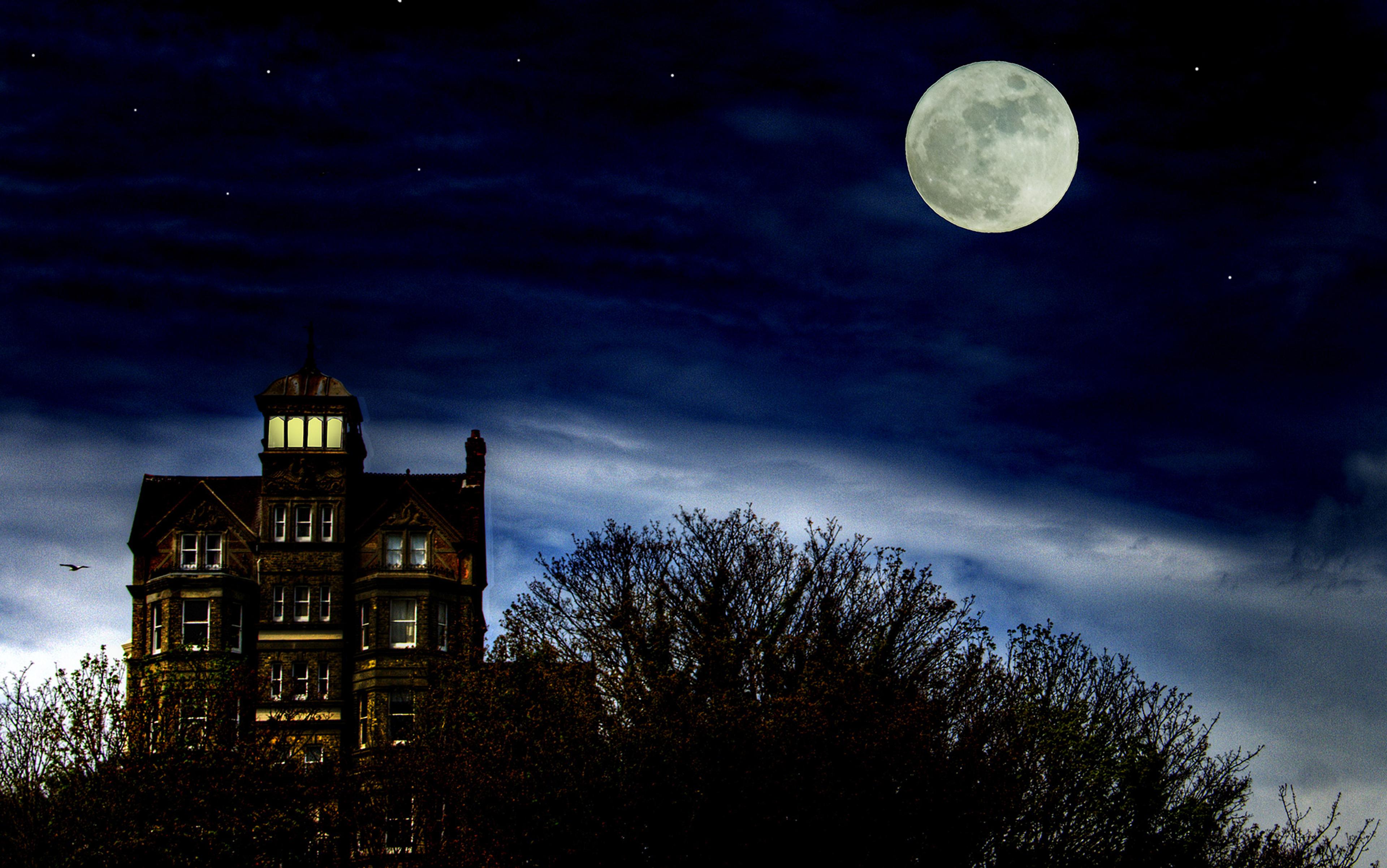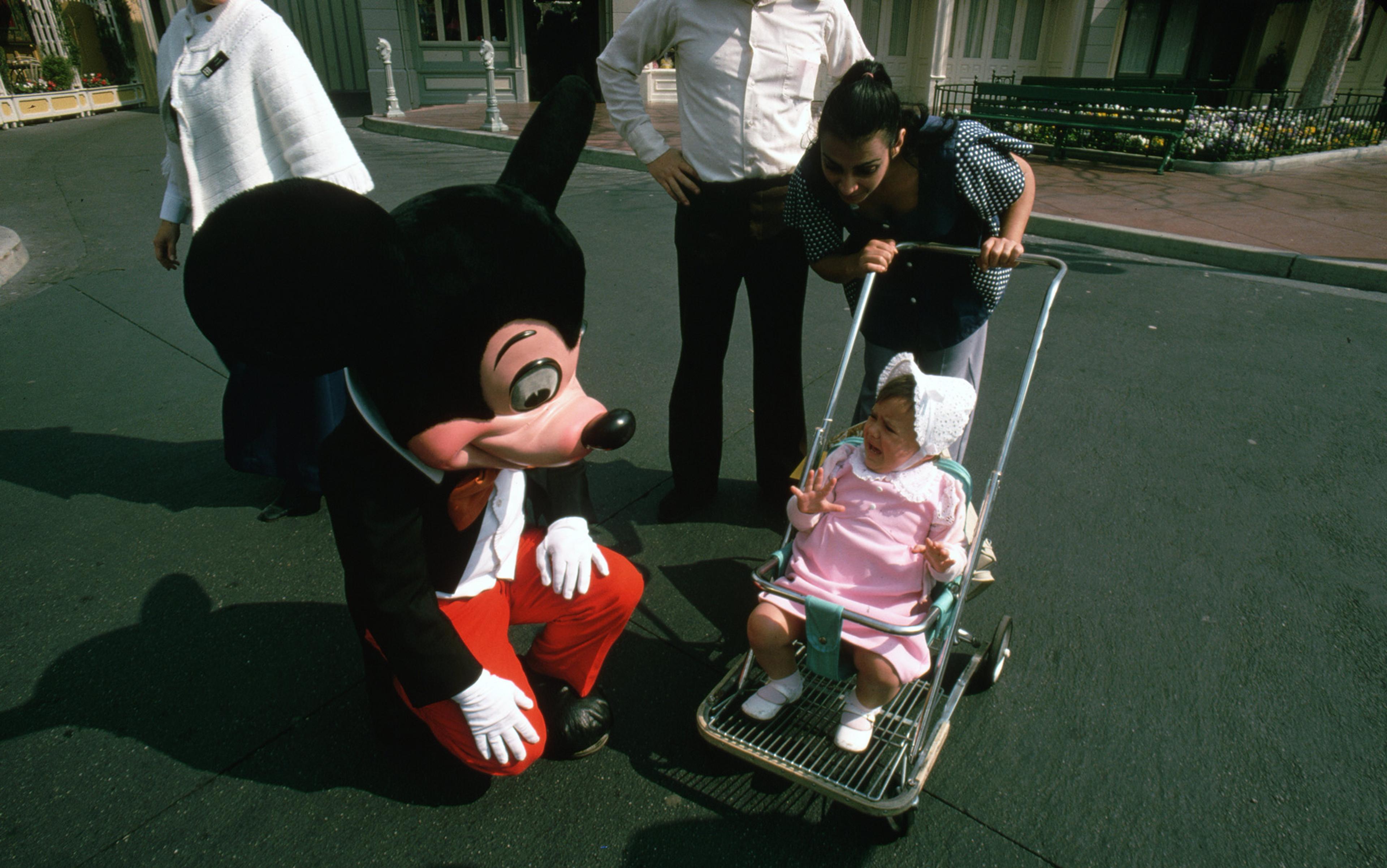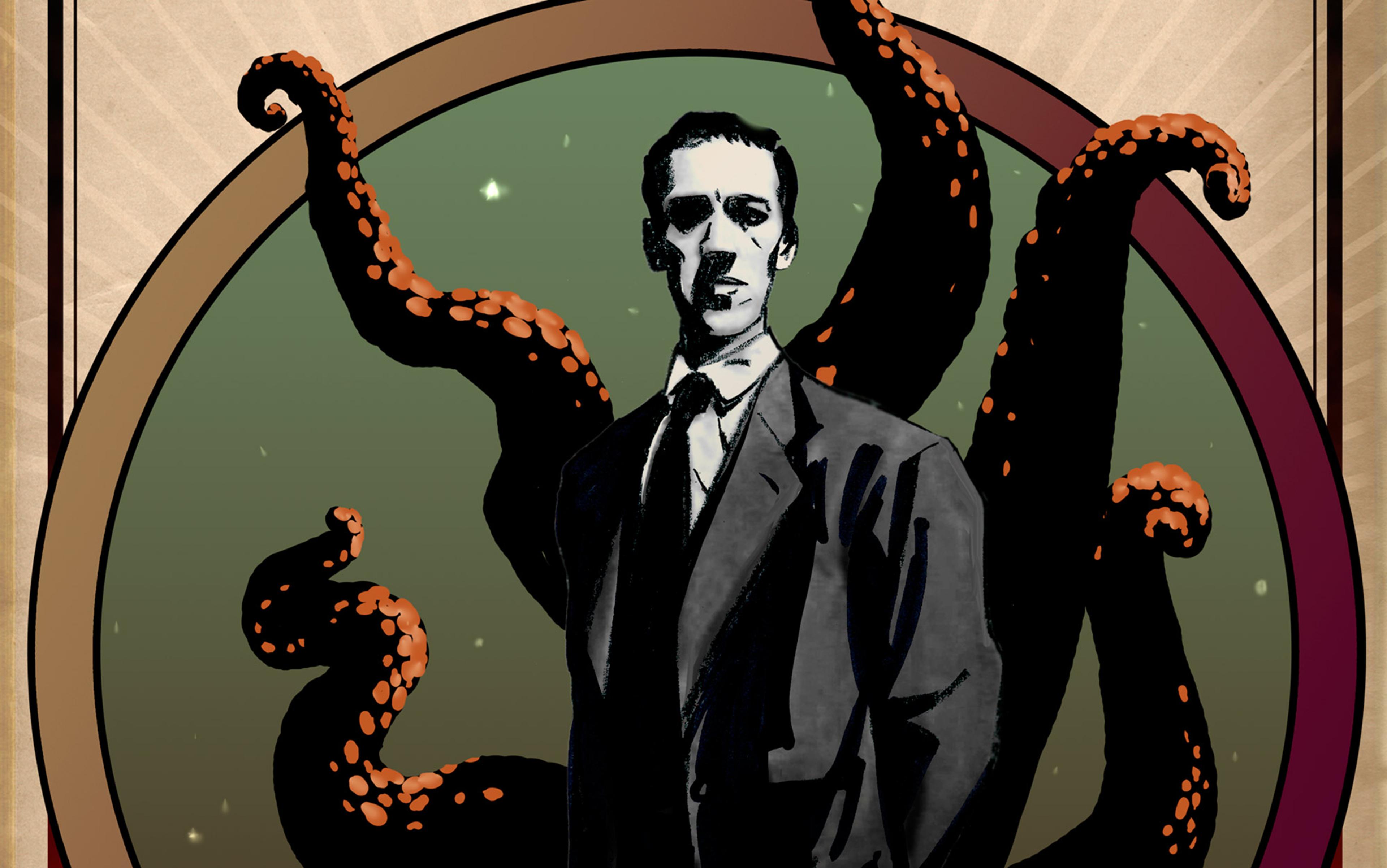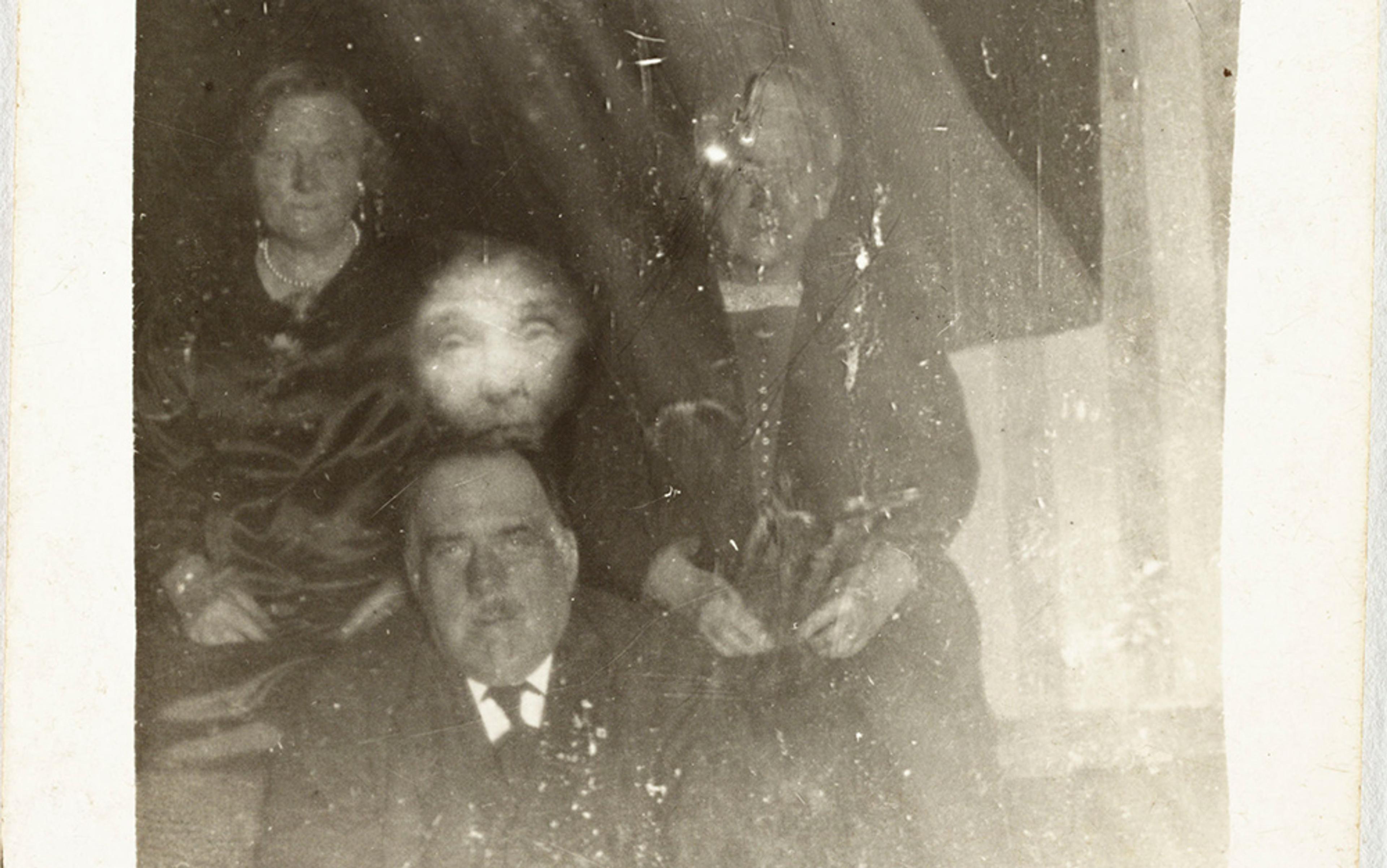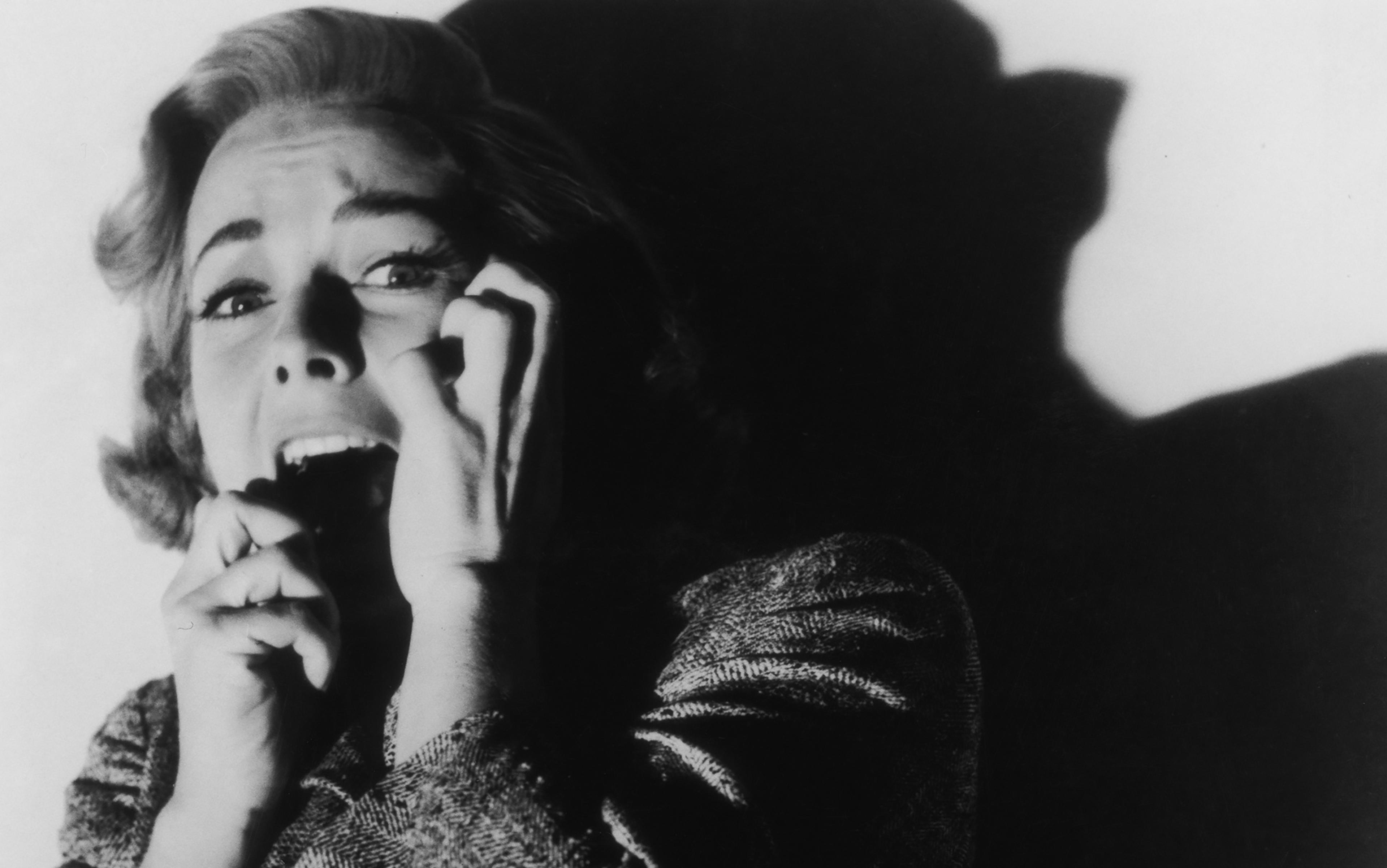The Winchester Mystery House in San Jose, California, is reputed to be the most haunted house in the world: more than 1,000 ghosts are allegedly in residence. This house, the inspiration for the movie Winchester (2018) starring Helen Mirren, originally belonged to Sarah Winchester, who was the widow of William Wirt Winchester, the gun-manufacturing magnate. Construction of the house began in 1884, completely unguided by any sort of coherent building plan, and it continued unabated until 1922. Rooms, whimsical architectural features and different wings and floors were added haphazardly, resulting in a rambling, bizarre puzzle of secret passageways, stairways and alcoves. There are doors that don’t go anywhere, and windows with views into other interior rooms. There is even a room constructed specifically for conducting séances. At its peak, the house had more than 500 rooms, more than 10,000 windows, and many dozens of fireplaces and stairways. The Winchester Mystery House is a place where one could very easily become lost, and there are real scientific explanations for why people believe that ghosts thrive in such habitats. It is, in short, a very creepy place.
Why do places such as the Winchester Mystery House creep us out and induce feelings of disorientation and dread? These places possess combinations of features that humans have evolved to regard with caution, either because they were associated with the presence of predators or natural hazards, or because they provide limited sensory information and restrict freedom of movement in a way that could impair our ability to deal with an emergent threat.
There are different types of creepiness, and the array of things that creep us out ranges from dolls that are too lifelike to clowns in places where clowns should not be. However, the kind of creepiness most applicable to places is explained by a theory I developed with one of my students, Sara Koehnke. (The philosopher David Livingstone Smith has called this the ‘threat-ambiguity theory’ of creepiness.) This theory was originally applied to people rather than places. The basic premise is that those who in some way fall outside of the norm put us on our guard because they are unpredictable, and it is unclear whether they pose a threat or not.
We tested our theory in an online survey of 1,341 individuals. We asked them to rate the likelihood that a hypothetical ‘creepy person’ exhibited 44 different behaviours, such as unusual patterns of eye contact or physical characteristics such as visible tattoos. Participants then rated the creepiness of 21 different occupations, and listed two hobbies that they thought were creepy. Finally, we asked participants to express their level of agreement with 15 statements about the nature of creepy people. The results were consistent with the idea that creepiness is a response to the ambiguity of threat. Non-normative non-verbal and emotional behaviours, unusual physical characteristics and hobbies or suspect occupations set off our ‘creepiness detectors’. Men were more likely to be perceived as creepy by males and females alike, and women were more likely to perceive sexual threat from creepy people.
So we get creeped out by people who behave in bizarre and unpredictable ways and violate the subtle social conventions that enable us to understand their intentions. In other words, they are an ambiguity: are they someone to fear? This ambivalence leaves us uneasily frozen in place, and is the psychology behind feeling ‘creeped out’. It is a reaction that might be adaptive if it helps you maintain vigilance when threat is uncertain and sharply focuses your attention on resolving the uncomfortable ambiguity at hand.
Our theory received additional support in two experiments conducted by the Canadian psychologist Margo Watt and her colleagues. Watt had people rate faces on creepiness, trustworthiness and attractiveness, as well as give detailed reports of creepy encounters they had experienced, and describe what a prototypical creepy individual would look like. Her results confirmed that men are more likely to be perceived as creepy than women, and that uncertainty about whether a person is trustworthy was a key ingredient. Watt and her colleagues noted the quick, nonconscious way by which judgments of creepiness occurred, indicating that such judgments are intuitive and rely on emotional reasoning rather than deliberative, detailed cognitive analysis.
I propose that places can creep us out for the very same reasons that people can: by presenting us with ambiguous information that makes it unclear if the place poses a threat or not. Places have this effect on us because they activate an evolved psychological adaptation known as an ‘agent-detection mechanism’.
Agent-detection mechanisms evolved to protect us from harm at the hands of predators and enemies. If you’re walking through the woods alone at night and hear the sound of something rustling in the bushes, you will respond with a heightened level of arousal and attention. You will behave as if there is a wilful ‘agent’ present who is about to do you harm. If it turns out to be a gust of wind or a stray cat, you lose little by overreacting. But if you fail to activate the alarm response and a true threat is present – well, the cost of your miscalculation could be high.
The evolutionary precursors of human agent-detection mechanisms can be found throughout the animal kingdom, and most of these are evolved responses to predators and to the environments that harbour them. For example, virtually all primates have an aversion to sleeping on the ground where they might easily be found by predators such as large cats or snakes. Isolated populations of prey animals that have been free of predation for dozens of generations, such as rodents, Sitka black-tailed deer and Père David’s deer, display enhanced vigilance and tension in response to environments and stimuli associated with ancestral predators; this is a testament to the genetic durability of these adaptations. Vestiges of such responses have also been documented in human children who intuitively understand which environmental features offer the best hiding places from predators, and who prefer sleeping arrangements that minimise fears of things lurking beneath them.
We love places where ‘you can see without being seen, and eat without being eaten’
Research by environmental psychologists has confirmed that the most attractive natural environments contain things such as running water and open meadows surrounded by woods – the very features that would have been beneficial for the survival of early humans. In other words, people who were drawn to the ‘right’ places did better than those who were not, and over time their genes were favoured over those of individuals who spent too much time in sparser, more barren landscapes.
But places exhibit more abstract evolutionarily relevant features as well, and it turns out that being drawn to the ‘right’ psychological features of places might have been just as important for our ancestors’ survival. Places that lack the right psychological features set off our creep detectors.
In his book The Experience of Landscape (1996), the British geographer Jay Appleton described two physical qualities that determine whether a place is attractive or frightening to humans: ‘prospect’ and ‘refuge’. Refuge means having a secure, protected place to hide where one can be sheltered from danger, while prospect refers to one’s clear, unobstructed view of the landscape. Attractive places offer a lot of prospect and a lot of refuge, or what the American landscape architect Randolph Hester in 1979 called a ‘Womb with a View’.
Our love of such spaces shows up everywhere. Universally, children enjoy playing in enclosed spaces such as cardboard boxes, tree houses and in bushes or other dense vegetation where they feel hidden. The concepts of prospect and refuge can help to explain the almost magical quality of the feelings evoked by memories of favourite childhood hiding places and the richness of detail that can often be recalled about them decades later. Similarly, people dining in restaurants usually prefer to occupy tables in corners or nooks, especially when these locations allow them to sit with their backs against a wall, and they will usually settle for tables in the centre of the room only when all of the more desirable seats have been taken. In the words of Appleton, we love the feel of these spaces because they are, evolutionarily speaking, places where ‘you can see without being seen, and eat without being eaten’. The optimal environment for human comfort is one that offers a lot of prospect and refuge for the individual; the worst combination is very little prospect or refuge.
Research has confirmed that places that offer bad combinations of prospect and refuge are perceived as unsafe and dangerous: they can offer a lot of hiding places for people or things that might intend to do us harm. Scary places also lack what environmental psychologists refer to as ‘legibility’. Legibility reflects the ease with which a place can be recognised, organised into a pattern and recalled – in other words, a place where we can wander around without getting lost.
The cinematic portrayal of haunted houses has remained remarkably consistent across time: they are like ‘real’ haunted houses on steroids. In a sense, these fictional spaces act like the ‘supernormal stimuli’ identified by ethologists who study animal behaviour. Supernormal stimuli amplify the essential features that trigger instinctive behaviours, resulting in a more intense performance of these behaviours. Current human obsessions with stimuli as different as doughnuts and pornography are often thought of as responses to ‘supernormal’ stimuli that exceed anything that occurred naturally in the ancestral environment in which humans evolved. Haunted houses are filled with such discomfiting ‘supernormal stimuli’. They give us the creeps not because they pose a clear threat to us, but rather because it is unclear whether or not they represent a threat, and so the agent-detection mechanisms discussed earlier are on full alert.
Things that activate hypervigilance for natural or supernatural malevolent forces abound in large, draughty old houses: rattling or creaking sounds in an upstairs room; the sighing and moaning of wind passing through cracks; ragged curtains fluttering in the breeze; echoes and cold spots. It is very easy to imagine that one is not really alone in such a place.
Haunted houses also limit our opportunities for escape. Research has consistently shown that we feel uncomfortable when our personal space is violated anywhere, but especially so in situations where we feel as if escape will become difficult. Such feelings of discomfort are symptomatic of the fact that we are constantly – even if unconsciously – scanning our surroundings and assessing our ability to flee, should it become necessary.
The classic Hollywood haunted house is our worst nightmare as it makes fleeing difficult. The darkness and confusing layout can cause us to get lost or, at the very least, slow us down. Escape could further be impeded by hedges, iron fences or crumbling stairways. Haunted houses lack ‘legibility’: they are a bad combination of a very low prospect for us, and a very high refuge for the creepy-crawly things that are lying in wait to get us. The typical haunted house is large, dark, surrounded by overgrown vegetation, and full of surprising architectural features such as secret rooms and closets under staircases. Attics and basements are also must-have items and, of course, spider webs, bats and rats make nice accessories.
Similarly, it is no accident that the prototypical Hollywood haunted house is in a remote, isolated location, far removed from the rest of society – think of the off-season resort hotel in The Shining (1980). If bad things happen, help would be a long time coming, even if communication with the outside world were possible. Conveniently, in old horror movies the telephones always stop working. Isolation in natural environments such as the woods in The Blair Witch Project (1999) provides the same enforced helplessness that is so often a prerequisite for horror. And places that isolate people without their consent, such as prisons, orphanages and insane asylums, are considered scary, almost as if an institution that once housed a ‘troubled’ population of people has become ‘contaminated’ by this association.
Then there is the so-called ‘Hum’. The American sociologist Margee Kerr who studies fear notes in her book Scream (2017) that large old buildings full of rotting wood, exposed ductwork and other structural defects can produce infrasound that makes what is already a creepy experience even spookier. The ‘Hum’ is a sensation caused by exposure to low frequency sounds of 20 Hz or less. These soundwaves, known as ‘infrasound’, are inaudible to humans but their slight vibrations still register as an unidentifiable, ambiguous signal that can set off our creep detectors. In some people, the ‘Hum’ can produce sleeplessness and even nausea. Two British scientists conducted an experiment on the Hum in 1998, which was followed up in 2002 by the psychologist Richard Wiseman and the composer Sarah Angliss at a concert at the Royal Festival Hall in London. They exposed an unsuspecting crowd to infrasound through loudspeakers, resulting in widespread reports of uneasiness and chills from the concertgoers.
A recent study reveals yet another reason why dark, foreboding places come across as less than hospitable to us. In a series of seven experiments, the American psychologist Kurt Gray and his colleagues discovered that, while we can easily imagine both moral and immoral people as having an afterlife, the types of afterlife we bestow on them are quite different. Good people are pictured in ‘transcendent immortality’, inhabiting a spiritual paradise such as heaven or, if their spirits remain on Earth, as inhabiting expansive, open places such as mountaintops and deserts. On the other hand, the malevolent spirits of deceased evil-doers are most easily pictured in a ‘trapped immortality’ where they exist in highly circumscribed surroundings such as a particularly dense forest, a haunted house or even a single room. Given these data, it is no surprise that we are scared rather than comforted by any spiritual presence that we might encounter in old houses.
Our enjoyment of haunted houses and horror movies might tap into evolved psychological mechanisms
Whether or not a house is perceived as haunted doesn’t depend only upon the building’s physical features. Just as important are the beliefs of the person exploring the house. Individuals who believe in paranormal phenomena and have expectations that creepy things might actually be present in such a place are more likely to engage in the sort of top-down cognitive processing that induces fear. For these people, otherwise innocuous but uncertain surroundings can become a chilling experience.
The old expression ‘whistling past the graveyard’ reflects the longstanding unease that humans have around places associated with death. The sites of death frequently become seen as haunted, and these locations are common settings for horror movies and books. The more gruesome and traumatic a death, the more likely it is that the place where it happened becomes tainted by the event. Deaths by suicide seem to be especially likely to infuse a place with a sense of foreboding, and the creepiest suicide venue is probably Aokigahara, or the infamous ‘Suicide Forest’ in Japan.
This forest is a beautiful, dense, 14-sq-mile patch of vegetation near Mount Fuji, Japan’s sacred mountain, and it provided the inspiration for the US horror film The Forest (2016). The place has long been associated with mystical and supernatural phenomena, and in the 1800s it was a popular destination for abandoning elderly people so that they could die alone and with dignity in the woods. In his book The Complete Manual of Suicide (1993), Wataru Tsurumi describes the forest as ‘the perfect place to die’, and copies of his book have been found on the bodies of many suicide victims in the forest.
In the 1960s, the forest featured in a Japanese novel about two lovers who end up killing themselves. Since then, suicides have become so common there (105 victims in 2003 alone) that the area is regularly patrolled by police and teams of volunteers seeking to save people from themselves or recover the bodies of those whom they could not save. Throughout the forest, signs read ‘Please consult the police before you decide to die’ and ‘Your life is a precious gift from your parents’. Thieves prowl the forest looking for dead bodies so that they might rob them of any remaining valuables.
The forest has all of the trappings essential for being creepy. It is full of densely packed trees, rotting logs, moss and underbrush, and its lack of legibility is exacerbated by the fact that compasses don’t work there thanks to the high concentration of magnetic iron in the rocky volcanic soil. Folklore has it that the spirits of people who have killed themselves there call others to the forest, and then prey upon those who are sad by luring them off of the trails, deep into the woods.
Given how easily we are creeped out by haunted houses and other spooky places, why would we ever intentionally expose ourselves to them? How have commercial haunted houses, with an estimated 5,000 such attractions operating in the United States each year, become an integral part of 21st-century Halloween theatre? Although I have focused on the frightening, negative experience of horror, it must be acknowledged that under some circumstances creepiness and horror can be seductive, as evidenced by the sums of money we spend each year on horror movies and commercial haunted houses. Clearly, for many people, the creepy can have a peculiar ‘allure’. How could such things possibly be entertaining to us?
I propose that our enjoyment of commercial haunted houses and horror movies taps into the same evolved psychological mechanisms that exist to help us learn from the experiences of others. For example, as I argued in Scientific American in 2008, humans have evolved an intense interest in gossip because a strong evolutionary advantage accrued to those who stayed abreast of the private affairs of allies and enemies alike. People who kept up with the scuttlebutt of the tribe knew who was worth knowing, who was sleeping with whom, and who was plotting against whom. Hence gossipers were poised to exploit openings that would be advantageous to them and to avoid fighting battles that they could not win. These people became socially successful, and it is the genes of these busybodies that have come down to us through the ages.
Ordinarily, we are most interested in people who are known to us personally, but we can also be quite interested in stories about strangers who have survived extraordinary mishaps such as shark attacks or airplane crashes, and we can become similarly intrigued by stories about very successful people. In other words, our interest in ‘strategy-learning gossip’ is driven by the evolutionary advantages of aquiring survival and success strategies vicariously through the experiences of others. Our enjoyment of haunted houses and horror movies might tap into the same evolved psychological mechanisms as strategy-learning gossip, so finding ourselves drawn to horror stories can have real benefits.
In the safety of a movie theatre, watching others deal with serial killers or paranormal threats allows us to mentally rehearse strategies that we might use if we would ever find ourselves in a similar situation. At such films, it is not at all uncommon to hear gasps from the audience as a character begins to open the door to that room or to hide in a very inopportune place. And so we feel better prepared for creepy encounters because we have seen what happens to others in harrowing circumstances.
Similarly, walking through a commercial haunted house can provide relevant feedback about ourselves. It might be useful to know which types of things are scary to us and which are not, and examining our emotional reactions to unsettling experiences can help us gauge our level of preparedness for dealing with paranormal encounters. This in turn might tell us which strategies could work best for us if such an eerie real-life encounter should ever occur. So, yes, horror can be fun if it’s not the real thing, and it can help to prepare us for the next serial killer, the Zombie Apocalypse, or whatever other horrors await us.
